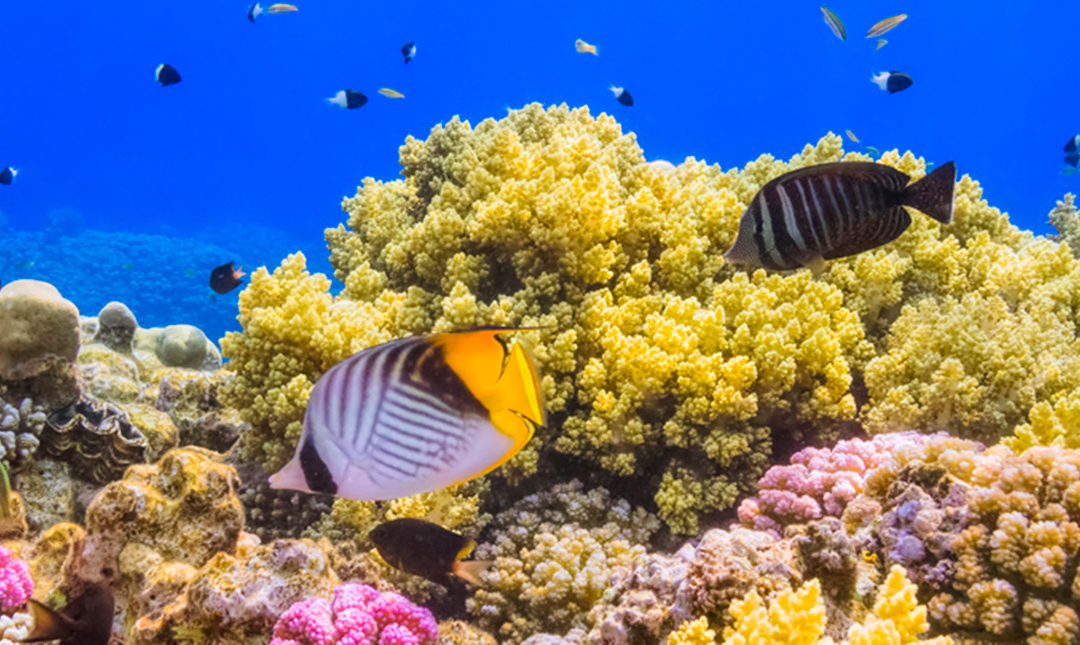A marine heatwave is a period of unusually high ocean temperatures and is defined by its duration and intensity. The National Oceanic and Atmospheric Administration (NOAA) defines a marine heat wave as a period with persistent and unusually warm ocean temperatures, “which can have significant impacts on marine life as well as coastal communities and economies.” The agency describes Category 4 as “extreme” and Category 5 as “beyond extreme.”
Parts of the North Sea are experiencing a Category 4 marine heatwave, according to NOAA. In some areas, water temperatures are up to 5 degrees Celsius (9 Fahrenheit) hotter than usual. Global oceans have been exceptionally warm for months. April and May saw the highest ocean surface temperatures for those two months since records began in 1850.
According to a recent article in the New York Times:
“Florida’s coral reefs are facing what could be an unprecedented threat from a marine heat wave that is warming the Gulf of Mexico, pushing water temperatures into the 90s Fahrenheit. Oceans have absorbed some 90 percent of the additional heat caused by humans as we burn fossil fuels and destroy forests. When sea temperatures rise too high, corals bleach, expelling the algae they need for sustenance. If waters don’t cool quickly enough, or if bleaching events happen in close succession, the corals die. For decades, scientists have been warning that climate change is an existential threat to coral reefs. Already, the world has lost a huge proportion of its coral reefs, perhaps half since 1950. Coral reefs are particularly important because so many species rely on them. About 25 percent of all marine life, including more than 4,000 kinds of fish, depend on reefs at some point in their lives, according to NOAA.”

